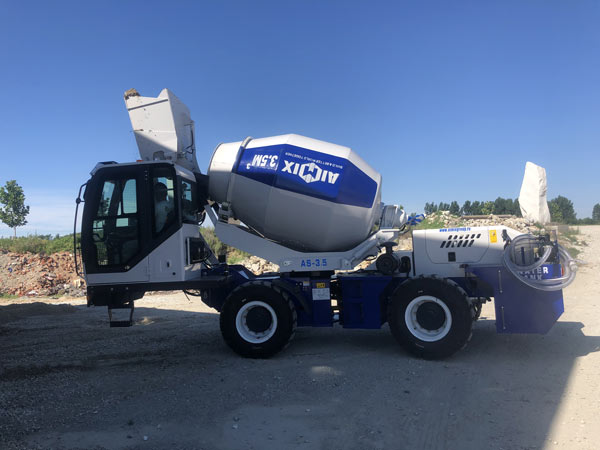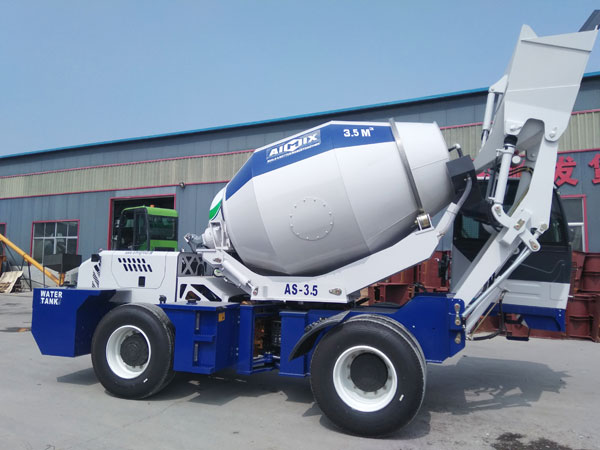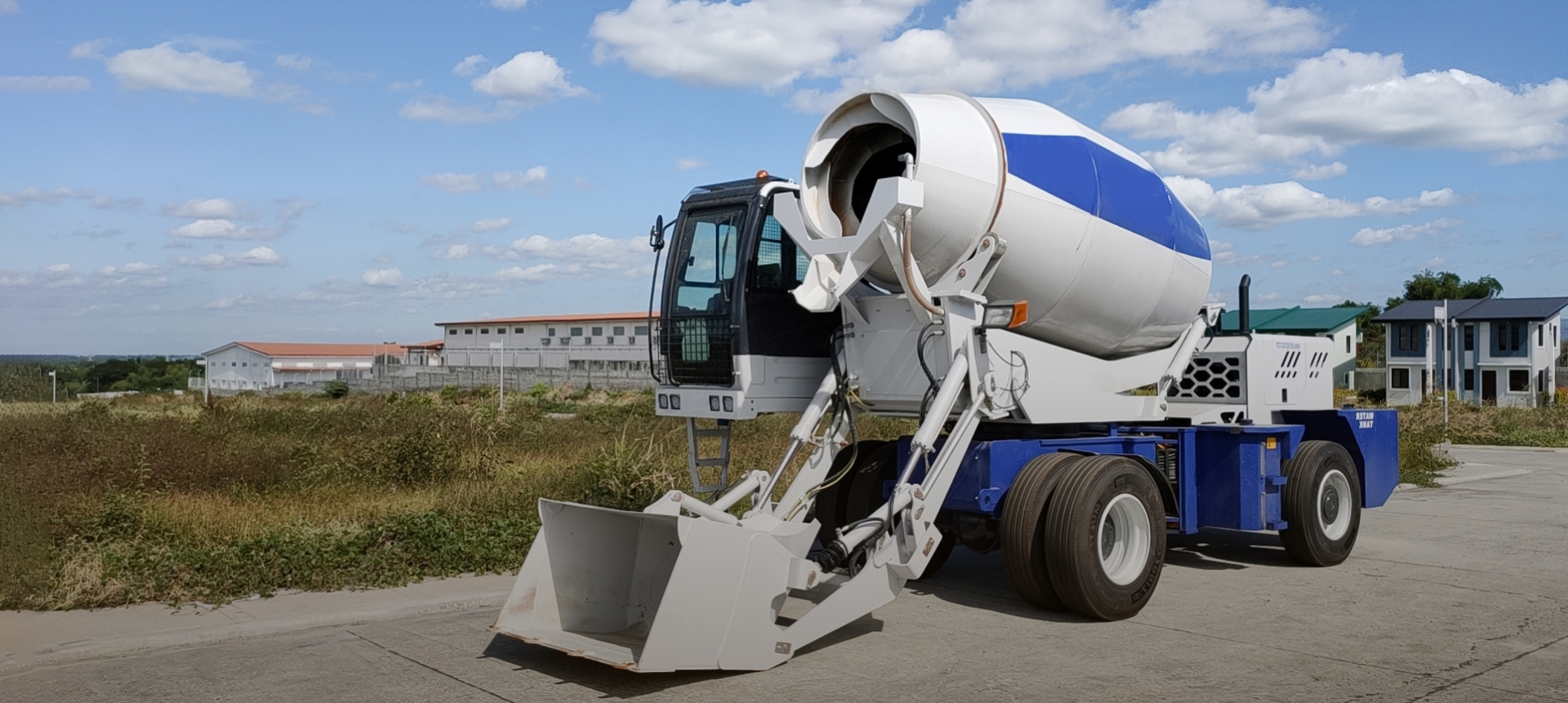Automated concrete mixers are transforming the construction industry in Africa. They offer efficiency, cost-effectiveness, and adaptability. Understanding their future impact helps stakeholders maximize benefits and support industry growth.
Advancements in Automated Concrete Mixers
Technological advancements drive the popularity of automated mixers. Self-loading and mobile concrete mixer lead the way. These innovations enhance construction processes and project outcomes.

Self-Loading Concrete Mixers
Self-loading mixers automate mixing and loading. Builders save time and reduce labor costs. This automation of self loading concrete mixer boosts productivity and project efficiency.
Mobile Concrete Mixers
Mobile mixers offer flexibility and convenience. They are ideal for projects requiring frequent site changes. Builders easily transport them, enhancing operational efficiency.
Economic Implications
The adoption of automated mixers impacts construction economics in Africa. They reduce costs and increase profitability. Understanding pricing dynamics in Kenya and Nigeria is crucial for stakeholders.
Concrete Mixer Price in Kenya
The concrete mixer price in Kenya varies based on technology and brand. Advanced mixers often cost more but offer better returns. Builders should consider long-term value over initial expenses.

Concrete Mixer Price in Nigeria
Nigeria’s market presents unique pricing dynamics. Demand and supply factors influence the concrete mixer price in Nigeria. Builders can learn from these trends for strategic purchasing.
Benefits of Automation in Construction
Automation offers numerous benefits to the construction industry. It enhances quality, speeds up processes, and reduces human error. These advantages contribute to sustainable growth.
Quality Improvement
Automated mixers produce consistent, high-quality mixes. Builders achieve superior results with minimal manual intervention. This consistency enhances project success rates.
Speed and Efficiency
Automation accelerates construction timelines. Builders complete projects faster, reducing overall costs. Timely delivery supports industry growth and competitiveness.

Challenges and Opportunities
The future of automated mixers faces challenges. However, there are also opportunities for growth and innovation. Addressing these factors is key to successful adoption.
Challenges in Implementation
Initial costs and training requirements pose challenges. Builders need to invest in skilled personnel and equipment. Strategic planning ensures successful integration.
Opportunities for Growth
Innovation and market expansion offer growth opportunities. Builders can explore new technologies and applications. Embracing change supports long-term success.
Strategies for Stakeholders
Stakeholders can adopt strategies to leverage automated mixers. Research, training, and collaboration enhance market presence. These approaches drive industry advancement.
Investing in Research and Development
Innovation meets evolving industry needs effectively. Stakeholders should prioritize research and development. This investment ensures product differentiation and quality improvement.
Training and Skill Development
Training supports successful automation adoption. Builders should invest in workforce development. Skilled personnel enhance operational efficiency and project outcomes.
Conclusion
The future of automated concrete mixers in Africa’s construction industry is promising. By prioritizing self-loading and mobile mixers, evaluating economic impacts, and embracing technological advancements, stakeholders can navigate the evolving landscape. Implementing strategies like research, training, and innovation supports sustainable growth and competitive advantage. These practices contribute to efficient operations and successful project outcomes in Africa’s vibrant construction sector.
